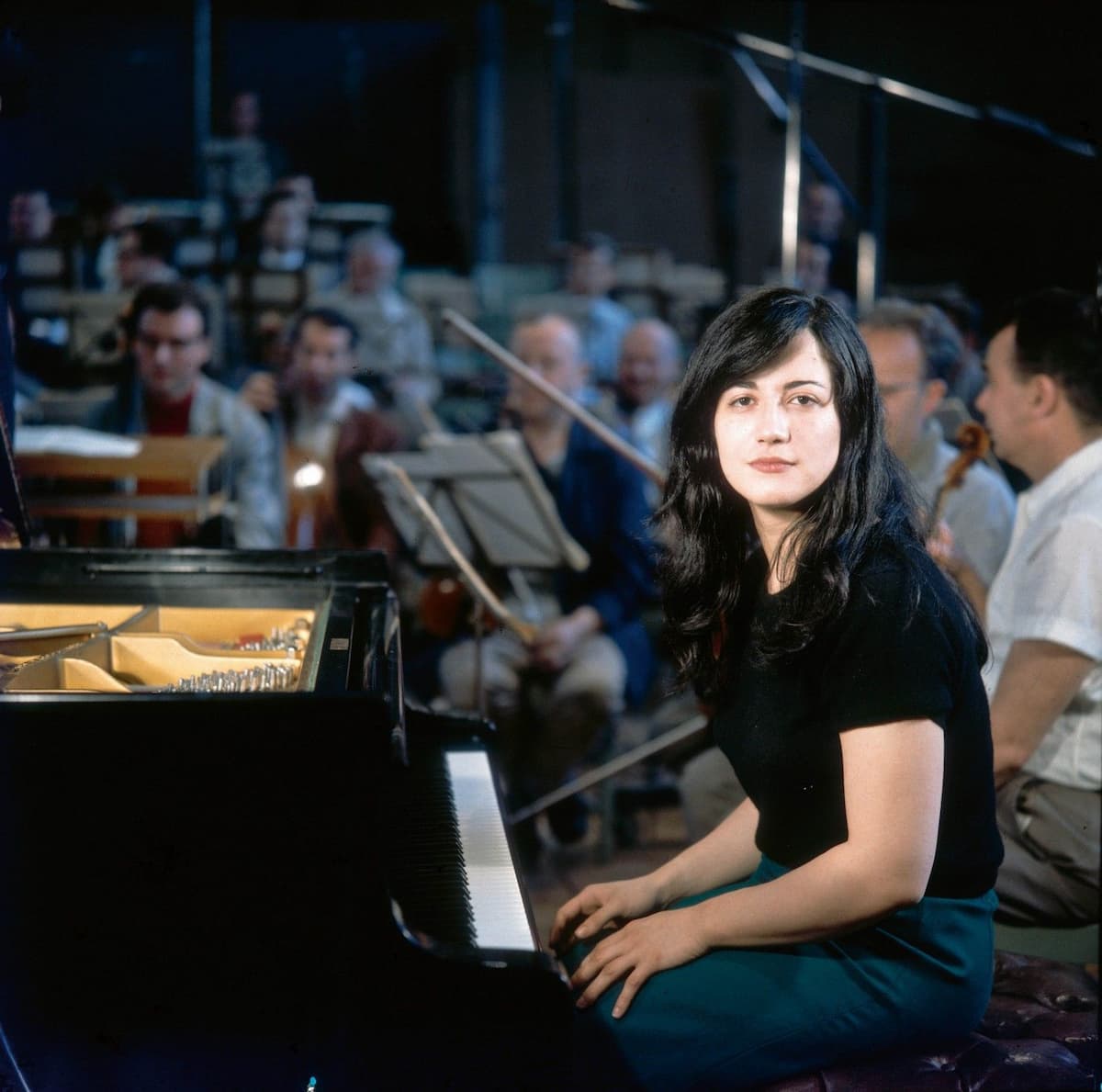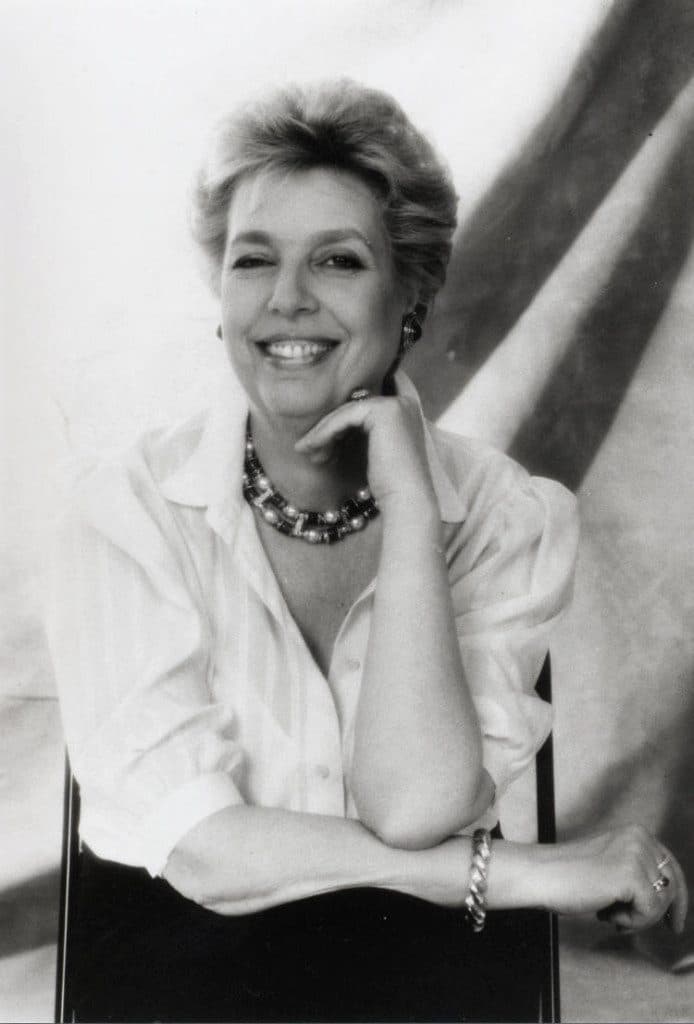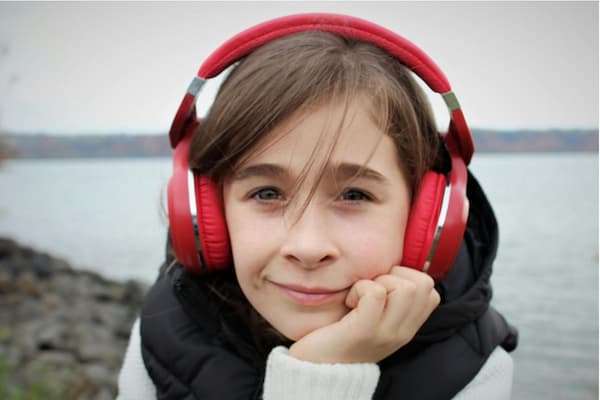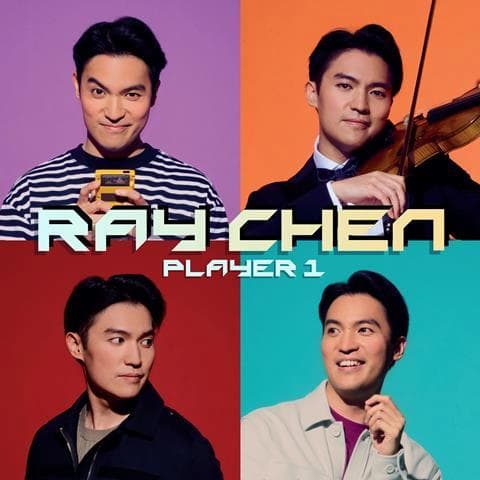In 1986, young pianist Nelson Goerner, aged 16 and freshly graduated from Vincenzo Scaramuzza’s school in Buenos Aires, asked Martha Argerich who would suit him the best to further study with in Europe. Without any hesitation, she mentioned Maria Tipo, who was described elsewhere by herself as ‘a sensational artist’.

Martha Argerich
Tipo is heir to one side of the Italian school of piano, that of northern Italy (Mugellini, Agosti), embodied here by Alfredo Casella, the most renowned teacher she attended. Another very active teaching centre was located elsewhere in Italy. Vincenzo Scaramuzza who guided Argerich in her first steps was born in Crotone (South of Italy). He was an archetypal product of the Neapolitan piano school (Rossomandi, Longo and Cesi, not forgetting the composer and pianist Martucci).
Maria Tipo’s affiliation to the Italian musical culture was obvious, having been nicknamed the ‘Neapolitan Horowitz’, despite the strong disagreement made by famous music critic Harold C. Schöenberg. She has not only earned fame thanks to a legendary interpretation of sonatas by Scarlatti, both in concerts and on recordings, but above all, she has presented herself, somewhat unwillingly, as an enthusiastic defender of Muzio Clementi, felt as insufficiently considered.
In parallel, it is difficult to label Martha Argerich. so rebellious and resistant she was to any classification. Furthermore, her relationship with belcantist Scaramuzza was not so smooth, if we rely on sharp remarks she made here and there. Perhaps, such relationship was spoiled by a supposed, if not latent, rivalry with Bruno Leonardo Gelber that his teacher liked to stir up. However, time has come for appeasement, as seen by the concert titled ‘Omaggio a Vincenzo Scaramuzza’ she gave on February 24th, 2008 in Crotone as part of the 40th anniversary celebration of her teacher’s death.

Maria Tipo © arims.org.il
With these preambles in mind, my core idea is to understand how these two gigantic pianists differ in their interpretation of J.S. Bach’s Partita No. 2 in C minor, despite sharing somehow the same educational background. Another common fact: this major work of the Baroque repertoire belongs to them both.
Partita No. 2 is the second in a series of six pieces. It is part of a numerical sequential progression that affects all the partitas, although this feature is hardly noticeable to the naked eye. It begins with an overture called ‘Sinfonia’, from the Latin ‘Symphonia’, which is often likened by musicologists to a ‘French Overture’. However, not everyone agrees with this view. Some music theorists have raised objections to it, without denying the orchestral aspect of the introduction. Such relevance is clear to all.
There are six movements in this partita, fewer than in other partitas or suites, whether French or English. Therefore, the composer has to set up a tighter arrangement in order to satisfy the multicultural character of the edifice, which is the hallmark of all partitas.
Maria Tipo has been widely criticised for ‘wallowing in the twists and turns of romantism’. Conductor Willem Mengelberg was served the same opprobium, even if his rhythmic flexibility was to express instant musical feelings through an amplified dramaturgy (cf. St Matthew Passion).
I think these criticisms are exaggerated. Tipo is capable of maintaining an impeccable rhythmic pulse (cf. Rondeau, for example). However, she prefers a controlled agogic freedom that allows her to highlight the melodic design, the articulations, and the inherent breathing. It is done in accordance with her own highly organised imagination, the conjunction of harmony and counterpoint, where the musical phrase lays its first milestones, becomes taut, then slackens, finally comes to an end.
This is an unsurpassed art of ‘parlando’ that makes Bach’s music so intimate to our ears and hearts, because it ‘speaks’ directly in a unified way to the inner being within each of us. Thus, the unity shown by Tipo preceeds the diversity displayed throughout, thanks to the construction of an imaginary median line, from which excesses are excluded. There are no dizzyingly fast tempi, no fortissimos that are, in any case, anachronistic for a composition written for the harpsichord.
Martha Argerich plays in a totally different register. Guided by an infallible instinct, she recreates this music before our very eyes, moment by moment. She punctuates it with bursts of laughter over a glass of brandy or a cup of coffee which Bach was so fond of. She personifies it with moving moments of tenderness, whirlwinds, and flashes of light that hint at a world different from our own, less grey and more habitable. And yet, all of this happens ‘naturally’, without any warmed-over philosophical or religious rhetoric.
Where does this extraordinary capacity for instant, intensely vivid recreation come from? Martha Argerich’s admiration for Friedrich Gulda is well known. There are many reasons for this, and one of them lies in the Austrian pianist’s predisposition for improvisation. She herself was a dilettante. But isn’t her real talent to imprint fleeting but inspiring visions on an eternal work that might otherwise fall into disuse, i.e., metamorphose into a museum object? We like Casella’s idea that we should love a masterpiece more than we should respect it.
Besides, Martha Argerich’s astuteness in penetrating this partita with such freshness is enhanced by a prodigious digital technique. Her left hand, once considered ‘weak’ by Guiomar Novaes, juggles the keyboard with disconcerting ease (cf. Rondeau). Her luminous tonal quality and her ability to make use of the hall’s acoustics to build a cathedral of sounds when the need arises are of the highest skills.
Martha Argerich (2020): Bach – Partita No. 2 in C Minor BWV 826
Sinfonia
The introduction of the orchestral tutti is perceived as a contained greatness by Maria Tipo. However, this perception is diminished by the use of unsynchronicities between the left and right hands, and by the absence of the dotted rhythm. Martha Argerich, contrarily, lays down the chords with great decisiveness and majesty. She does not feel necessary to contrast the solo part that follows in the wake of the tutti, so the whole one evokes a monolithic cathedral, but is slender in its stature.
The second section of the Sinfonia which is an aria played andante, is a reminiscence of the St Matthew Passion. Tipo makes a judicious use of agogia (a term coined by Hugo Riemann). What a sublime ‘parlando’! It is enough to wring all her detractors’ neck!
Finally, it has to be said that Martha Argerich excels in the fugue (the last part of the movement). She plays wholeheartedly, applying a kind of fingers tapping technique which was taught at Scaramuzza school, and whose spirit is quite similar to Gould’s teacher, namely Alberto Guerrero.
Maria Tipo: Bach – Keyboard Partita No. 2 in C Minor, BWV 826: I. Sinfonia. Grave
Sarabande
To understand the meaning of this movement, we need to go back to its historical roots. Both of Arabic and South American origins, the sarabande was once banned from the Spanish court on grounds of obscenity. It owes its salvation to the transmutation into a religious procession. The sarabande from Bach’s Partita n°2 for solo violin is one of the most eloquent examples of this shift of nature, therefore it should never be encountered with a dance spirit.
Tipo’s voice seems far away, probably due to the recording settings. However, it doesn’t bring any discomfort, I would say. The crystalline purity of the sound, coupled with the suppleness of the voice, reveals an interiority made of softness and delicacy, distancing us de facto from the historical truth, but who cares!
Argerich fascinates us with her mastery of legato. Her velvety, warm, enveloping tone fits perfectly the languorous atmosphere, nevertheless spiced up with a touch of mystery. For once, she plays the game of a pure narration, projecting the voices spatially, being developped in parallel or in opposite motions.
Maria Tipo: Bach – Keyboard Partita No. 2 in C Minor, BWV 826: IV. Sarabande
Capriccio
While expecting from a gigue to bring this partita to a close, a capriccio with a light-hearted and humorous free style shows up for once. This occurrence is unique among partitas and suites.
Immediately, we are struck by Maria Tipo’s seriousness, even sterness. Fortunately, this sharp sonority is interspersed at times with a lighter touch and a more dance like character. We could, of course, ask why Tipo did not respect the ‘climax’ of the work. Nevertheless, we won’t hold her accountable for that because she is able of taking us to a peak of tenderness, in a absolute contrast to the ambient severity. It is simply unforgettable!
Martha Argerich’s entire architectural construction, built with flawless consistency, finds its fulfilment in this final movement. It is a true musical masterpiece, but also, as musicologist Malcolm Boyd aptly points out, a formidable exercise for the fingers.
Argerich knows how to be playful, humorous, and free! However, she is much more than that! She imparts a whirling speed without ever detracting from polyphonic clarity. Her tenths staccatos are bouncy as hell – something no one can do as well as she does. Then, suddenly an irresistible bliss at enjoying the moment occurs, that can be explained by Martha Argerich’s rendering life from moment to moment, finally revealing the hidden secret of her improvisation.
Maria Tipo: Bach – Keyboard Partita No. 2 in C Minor, BWV 826: VI. Capriccio
For more of the best in classical music, sign up for our E-Newsletter
Pierre Tran is a piano teacher who runs a private studio in the UK. He published a revised edition of the Goldberg by J.S. Bach along with commentaries in May 2020. This work is based on history, musicology and the art of interpretation, not forgetting pedagogical advices.




